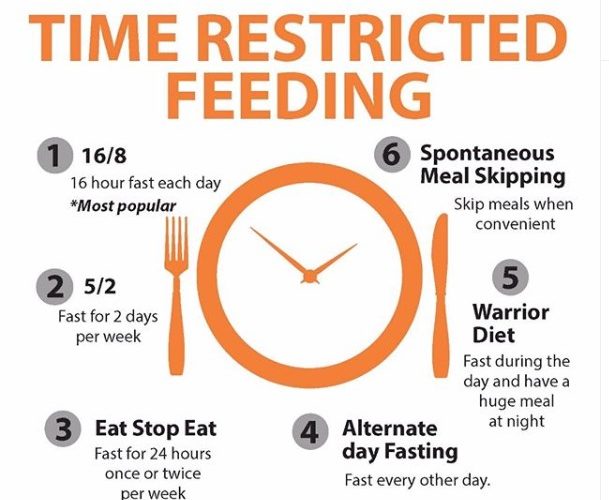Time-restricted feeding can reduce high insulin levels, which can reverse type 2 diabetes. It’s important to understand some facts about insulin and how it works.
First, insulin is fat storage and a growth hormone. It reduces circulating glucose by converting it to glycogen storage first, which then overflows to fat storage. Eating carbohydrates causes insulin release and thereby increases fat storage, especially in the liver. The more fat you store in the liver, the more insulin resistant you become, which can lead to prediabetes and increase the likelihood of becoming obese. Constant feeding (three meals and two snacks per day) keeps your insulin levels high and causes you to gain weight. You release insulin even if you eat artificial sugars, and the circulating glucose causes fat storage.
By contrast, time-restricted feeding reduces constant high insulin levels, permitting the liver to stop storing fat, and resensitizes the liver to insulin, which reverses fatty liver and reverses type 2 diabetes.
There are other things, but it’s literally that simple: The higher your insulin level and the longer the time period it is high for, the fatter you get. The more insulin resistant you get, the more fatty liver you get.
This is true whether you are producing your own insulin by eating all the time, or you are injecting insulin. Type 1 diabetics, who don’t produce any insulin, are thin until they start getting injectable insulin.
Nearly the worst advice we give to patients is “six small meals.” In reality, time-restricted feeding is the key to lowering insulin. Lowering insulin production immediately stops fat storage and decompresses the liver. The easiest way to do this is to eliminate one meal and at other meals eat food that is satiating, higher in fat and protein.






